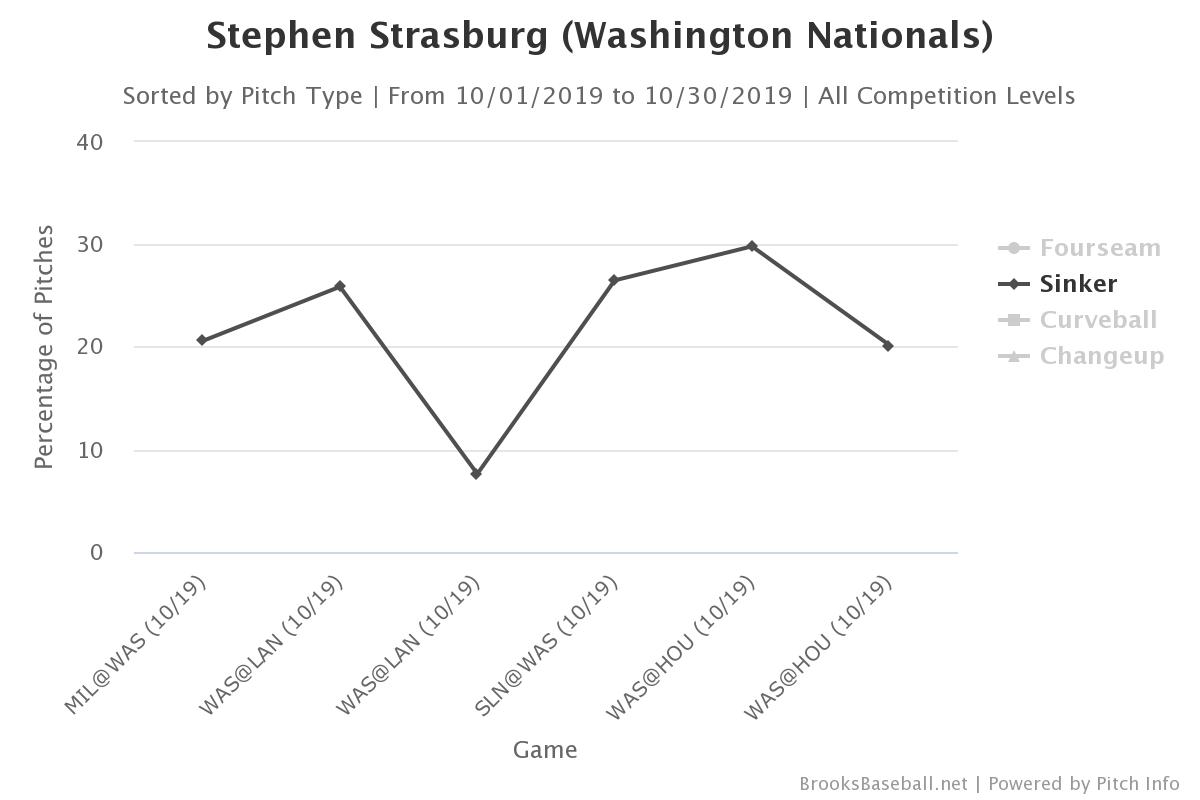The Pitch Behind Jake Odorizzi’s Career Year
In 2019, Jake Odorizzi went from being a promising middle of the rotation arm to one of the best starting pitchers in baseball. With a career-best 3.36 FIP and a nearly 5% jump in his strikeout rate, he was able to post the highest WAR (4.3) of his six-plus seasons in the major leagues. His pitching arsenal, spearheaded by improvements to his four-seam fastball, became as effective as it’s ever been and transformed Odorizzi into a front-line starter.
Throughout his career, Odorizzi’s fastball has been somewhat pedestrian. From 2016 to 2018, it seemed to get worse; his fastball velocity dipped a little each year, as it gradually dropped more than 1 mph. In fact, almost all of his pitches got slower over that span. In an interview with our own David Laurila, Odorizzi confessed he was dealing with some mechanical issues that could have stemmed from past health problems.
But in 2019, Odorizzi’s four-seamer never dipped below 90 mph; the aforementioned drop in his fastball velocity was reversed, with the right-hander again sitting closer to the mid-90s, and for just the third season in his major league career, the pitch maxed out at over 95 mph.
That extra tick in velocity might not seem like a lot, but moving from the 90-92 mph range to 93-95 mph can make a big difference. In 2019, the league-average wOBA on 90-92 mph four-seamers was .398. Moving up to 93-95 mph (Odorizzi’s 2019 range) drops that figure 46 points to .352; Odorizzi saw an improvement on his four-seamer wOBA from a .301 to .245. Read the rest of this entry »


